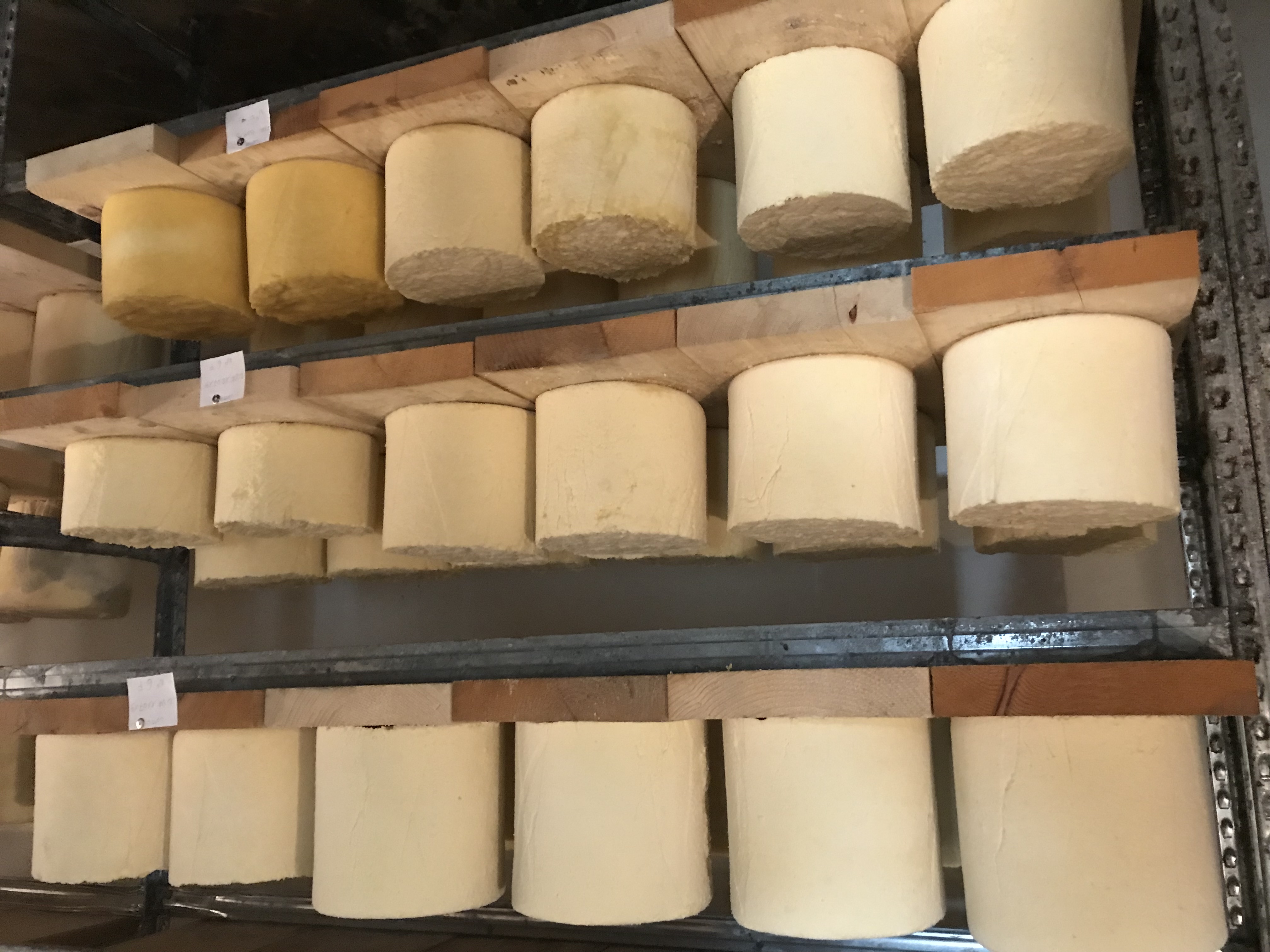The Artisan Food Law Blog


The Food Standards Agency (FSA) is, as a part of the Government’s ‘Red Tape Challenge’, carrying out a consultation on how food law applies to community halls, including village and church halls, which are used for the preparation, sale or supply of food. The idea is to come up with proposals that will reduce the legislative burden on those using community halls for events involving food.
The Yorkshire rhubarb season is now in full swing but it was in the late 19th century when forced rhubarb first took off with zeal in what became known as The Rhubarb Triangle – draw a line from Bradford to Wakefield to Leeds and back and you have the location of an important part of my local food history. The near perfect conditions required to grow forced rhubarb were fortuitously all present: a medium loam to heavy clay soil located in a micro-climate susceptible to winter frosts and a plentiful supply of shoddy, waste shards from the local wool industry, as a nitrogen rich fertiliser.
Recently and within a few days of each other two reports emerged on the topic of sustainable fish. One from the PEW Environment Group and one from Marine Conservation Society which on the face of it appear to contradict each other on the extent to which Marks & Spencer offer sustainable fish. It is a case study which illustrates the difficulties inherent in present systems of accreditation and labelling of sustainable fish.
The new EU Food Information Regulation 2011, published on 22 November 2011, will be directly applicable in all member states and replaces earlier EU Directives on labelling and nutrition labelling. The new requirements under the Regulation will mostly apply in 2014 with nutrition labelling mandatory on 13 December 2016. The Regulation requires:
The American news and current affairs programme 60 Minutes on CBS News recently broadcast a programme about one of the biggest global players in the food industry you have probably never heard about. It may be American but its reach is worldwide. Givaudan is the largest flavouring company in the world and employs 9,000 people in 45 countries. The flavouring industry is the enabler of food processing.